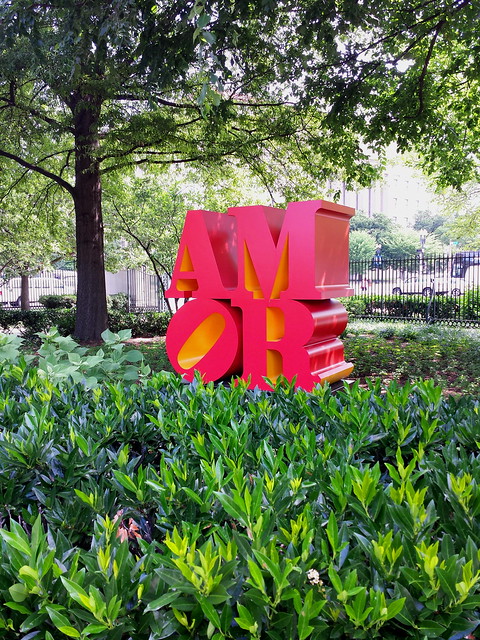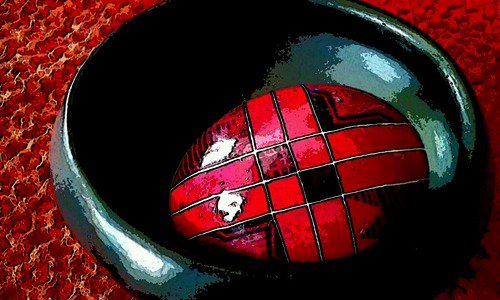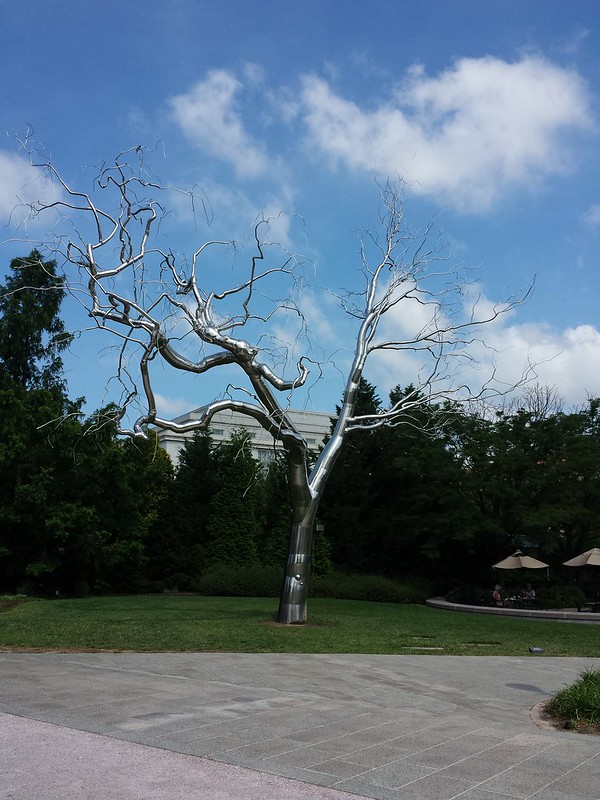
M. Elisabeth Norton (American, active 1890s), The Bookman: March, 1895. Lithograph, Portland Art Museum, Gift of Daniel Bergsvik and Donald Hastler.
March is a month of transition in the Midwest. Snow, sleet, hail, wind. Temperatures at the freezing mark. Temperatures at 40 degrees. Five feet of snow on the ground. Fresh buds on the willow. March can be a time of transition from body to spirit; maybe you have experienced the loss of loved ones in March. Is there anything about March that motivates or inspires you?
I find inspiration for writing through art. I stumbled on the work of M. Elisabeth Norton this morning while researching lithography. She has a bold graphic style common to the advertising of the 1890s. The Bookman was an illustrated monthly literary journal and one of the first to publish what came to be known as the best-seller list, a driving force in shaping discussion around popular literature. Books that appeared on these lists became best sellers because the lists said they were. (Is the same true today?)
It’s March in Minnesota. Astrologically, it’s a powerful month because Pluto is moving into Aquarius (for the first time since 2008 and will be retrograding in and out of Aquarius until 2044). What does March mean to you? How does it smell when you walk. Is it a warm breeze that hits your skin or an arctic blast. Is the sidewalk muddy, snowy, or are you jumping over puddles of rain.
The Writing Topic is March. If you purchase Natalie Goldberg’s Writing Down The Bones Deck, you’ll read that she prefers Writing Topic to prompt. Here’s what she says:
I’ve always used the word topic instead of prompt. Prompt is a starting place but topic indicates more the idea of plunging in and immersing. Why write with topics?
- A topic that has at least two levels can open more directions in your writing.
- Sometimes a blunt topic can spring the mind into a full-out sprint.
- Topics can be used as beginning points, for the mind to push off from.
- You can also use a topic to move slantwise into a subject.
- Practicing with topics leads you to your own true writing territory.
–Natalie Goldberg from the Intro to Writing Down the Bones Deck
Dig into March. You can drop your Writing Practice into the comments below. Or jot them into your notebook. Still writing pen to paper? Or is all your practice on the computer. I do both. No matter your style, keep writing.
NOTE FROM QUOINMONKEY: Natalie Goldberg (along with Billy Collins, Sensei Kaz Tanahashi, Roshi Joan Halifax, Dorotea Mendoza, MH Rubin, and Lorraine A. Padden) will be teaching at the haiku workshop The Way of Haiku: Winter at Our Back, Facing the Edge of Spring at Upaya Zen Center this weekend. Liz and I attended the haiku workshop in Santa Fe, New Mexico in person at Upaya in early February 2020 (our last travel before the pandemic) and have joined every year since on Zoom. We continue to find inspiration, structure, and guidance in Natalie’s teachings, from her latest book Three Simple Lines, and in the dharma talks at Upaya. To our teachers and mentors, much gratitude.
–related to posts: How Many Days in the Month of March – 30 or 31?, Lithograph Stones


















































